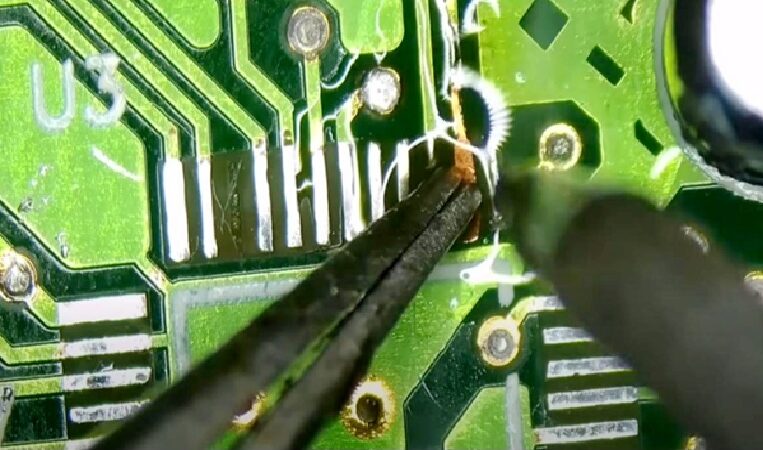What Are Solar Incentives and How Do They Work?
Government organisations and citizens worldwide are taking renewable energy seriously to create a better and greener world. A great way to introduce interest in cleaner power sources is by reducing the cost of investment for homeowners and businesses alike.
Solar Rebates and incentives are some ways the government can encourage wider acceptance of solar energy.
These incentives come from the state or federal government through tax credits or from your utility.
When energy costs are low, more people will go solar, supporting cleaner air, reducing energy prices, a stronger energy grid, and lower fossil fuel emissions.
Let’s discuss it more.
How do Solar Incentives Work?
If you are planning to install a system with solar power at your place or office, you will most likely be eligible for incentives offered by the government. The Australian government provides incentives for both companies and households.
They are of two types –
1. Small-scale technology (STCs)
2. Large-scale generation Certification (LGCs)
Small-scale Renewable Energy Certificates (STCs)
STCs bring down the upfront value of installing under 100kW solar systems. They are calculated based on the power generated by the solar system till 2030. So, the bigger the system, the more the STCs.
The key point to remember is that one megawatt-hour of electricity produced equals one STC.
Also, your location is important in making you eligible for STCs. A system that is installed in an area that receives more sunlight will get more STCs than one installed in less sunny areas. The reason is that these systems in sunny locations will create extra energy.
What is the value of an STC?
STCs work like shares or currencies, meaning they are tradable, and their values vary with demand and supply. They can be bought and sold on the open market of STCs, where prices are subject to market forces and are constantly fluctuating.
Large-scale Generation Certificates (LGCs)
Like STC, the large-scale renewable energy target is for systems above 100kW. One LGC is equal to one megawatt-hour of electricity. Its value also varies depending upon the demand and supply in the market.
The primary difference between the two is that STCs are created upfront while LGCs are produced on an ongoing basis.
Therefore, Large-scale generators offer their supporters an ongoing revenue stream.
To be eligible for creating LGCs, the system has to be registered as a power station under the Clean Energy Regulator.
Once registered, you need to send your electricity meter reading for certification to the Renewable Energy Certificate Registry. They will certify the LGCs yearly, quarterly, or monthly. Once validated, LGCs are available for purchase and can be bought and sold by businesses and traders through the LGC open market.
What is the value of an LGC?
LGCs market price has crashed as many projects related to the solar farm have started to be commissioned. In current scenarios, utility and commercial projects are working on the value of solar power instead of relying on LGCs for help in the business case.
The Bottom Line
Solar Rebates are cash incentives for going solar that are subtracted directly from your upfront costs. They are typically granted through programs managed by your government or utility companies.
Remember their eligibility requirements to ensure that your solar system is designed and installed by professionals.






